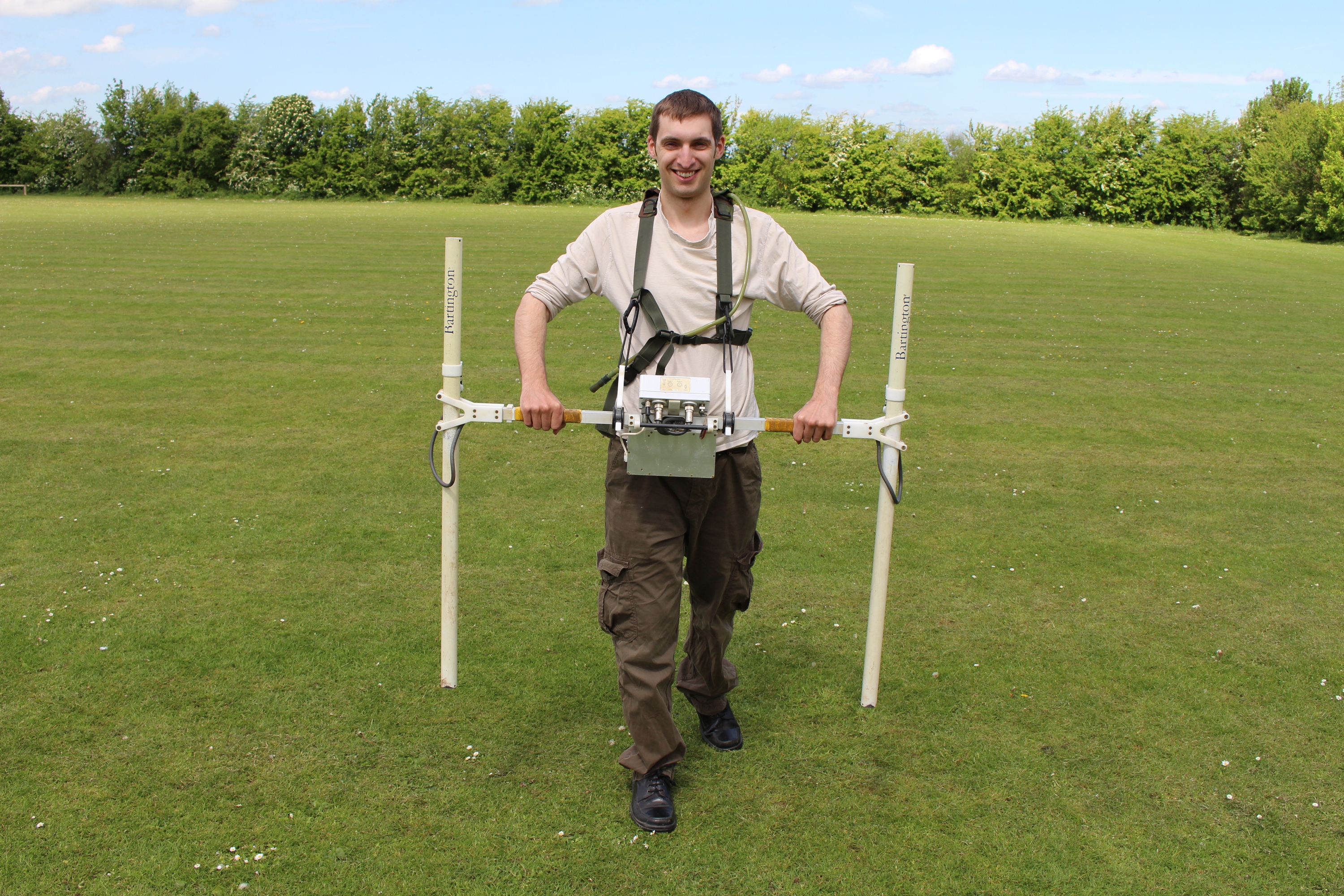All Categories
Featured
Table of Contents
43 Cfr § 3836.13 - What Are Geological, Geochemical, Or ... in Claremont Australia 2023
Much of the image consists of blank areas now with little or no radar action. The "yard" wall is still revealing highly, nevertheless, and there are continuing ideas of a tough surface in the SE corner. Time slice from 23 to 25ns. This last piece is now practically all blank, but a few of the walls are still revealing strongly.
How deep are these slices? The software I have access to makes approximating the depth a little challenging. If, however, the leading three slices represent the ploughsoil, which is probably about 30cm think, I would guess that each piece is about 10cm and we are only getting down about 80cm in overall.

Thankfully for us, most of the sites we are interested in lie just listed below the plough zone, so it'll do! How does this compare to the other methods? Contrast of the Earth Resistance information (leading left), the magnetometry (bottom left), the 1517ns time slice (top right) and the 1921ns time piece (bottom left).
Airborne Geophysical Methods in Doubleview Australia 2023
Magnetometry, as discussed above, is a passive technique determining local variations in magnetism versus a localised zero worth. Magnetic susceptibility survey is an active technique: it is a procedure of how magnetic a sample of sediment could be in the existence of a magnetic field. How much soil is checked depends upon the size of the test coil: it can be very small or it can be relatively big.
The sensor in this case is very little and samples a tiny sample of soil. The Bartington magnetic vulnerability meter with a large "field coil" in use at Verulamium throughout the course in 2013. Top soil will be magnetically boosted compared to subsoils merely due to natural oxidation and decrease.
By measuring magnetic susceptibility at a relatively coarse scale, we can spot areas of human profession and middens. Regrettably, we do not have access to a trusted mag sus meter, however Jarrod Burks (who assisted teach at the course in 2013) has some exceptional examples. One of which is the Wildcat website in Ohio.
Geophysical Surveys in Leeming Oz 2020
These villages are typically set out around a main open location or plaza, such as this reconstructed example at Sunwatch, Dayton, Ohio. Sunwatch Village, Dayton, Ohio (photo: Jarrod Burks). At the Wildcat site, the magnetometer study had actually located a range of functions and houses. The magnetic susceptibility survey helped, nevertheless, define the primary area of profession and midden which surrounded the more open area.
Jarrod Burks' magnetic vulnerability study arises from the Wildcat website, Ohio. Red is high, blue is low. The method is therefore of terrific usage in defining locations of general occupation instead of identifying specific features.
Geophysical surveying is an applied branch of geophysics, which uses seismic, gravitational, magnetic, electrical and electromagnetic physical methods at the Earth's surface area to measure the physical homes of the subsurface - Geophysical Methods in Singleton Australia 2021. Geophysical surveying techniques normally measure these geophysical residential or commercial properties in addition to anomalies in order to examine different subsurface conditions such as the existence of groundwater, bedrock, minerals, oil and gas, geothermal resources, voids and cavities, and far more.
Table of Contents
Latest Posts
Geophysical And Geotechnical Assessment in Mount Hawthorn Western Australia 2020
Geophysicist Bob Embley: Ocean Exploration Careers in Alexander Heights Oz 2022
Geophysical Surveys: Definition & Methods in Woodlands Western Australia 2021
More
Latest Posts
Geophysical And Geotechnical Assessment in Mount Hawthorn Western Australia 2020
Geophysicist Bob Embley: Ocean Exploration Careers in Alexander Heights Oz 2022
Geophysical Surveys: Definition & Methods in Woodlands Western Australia 2021